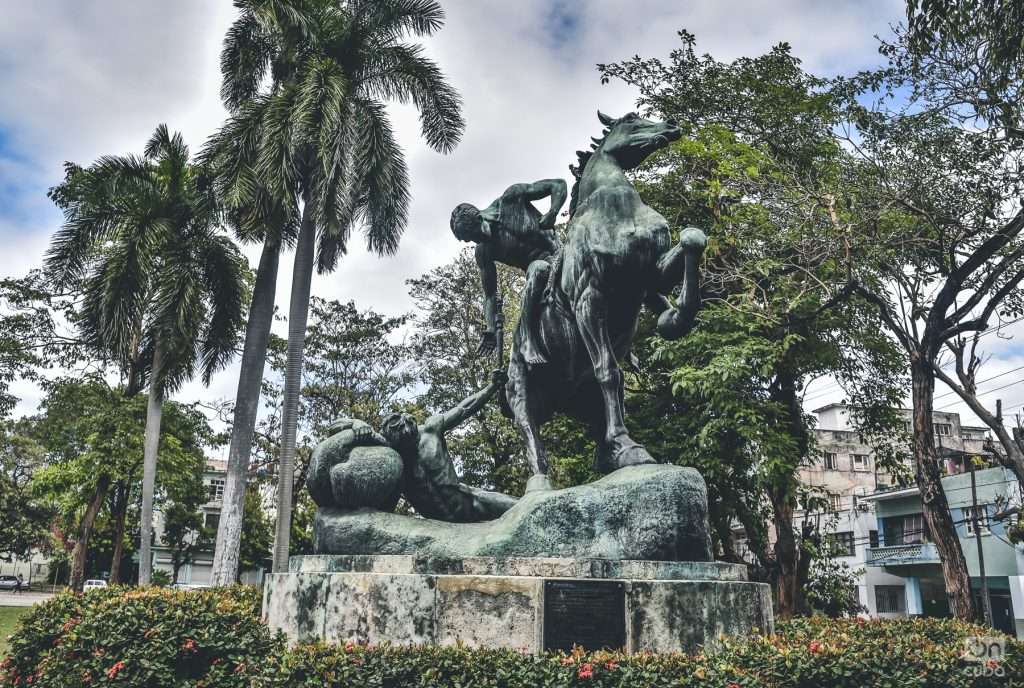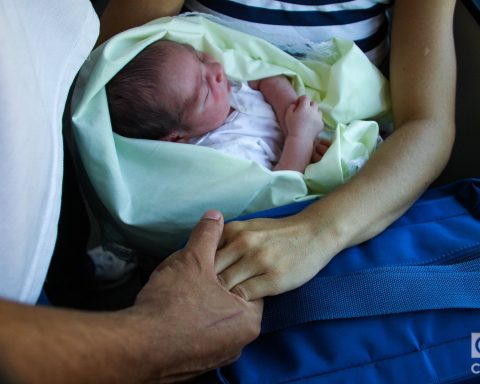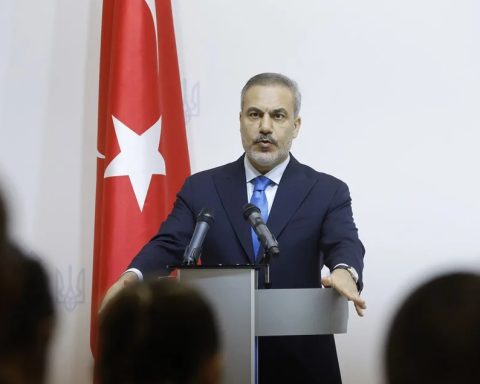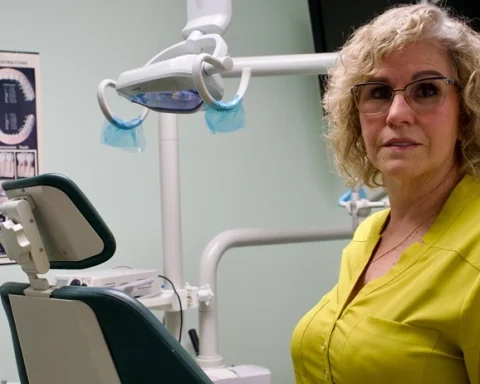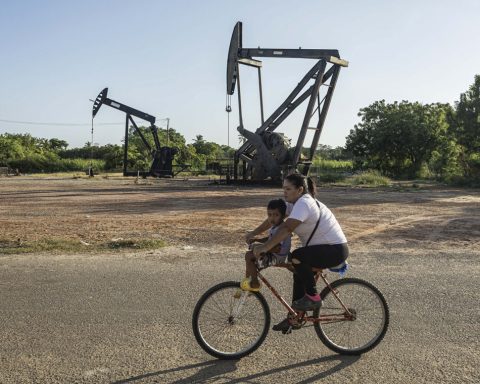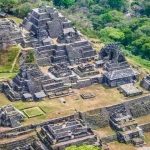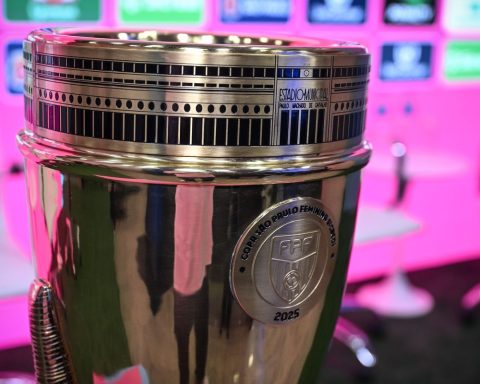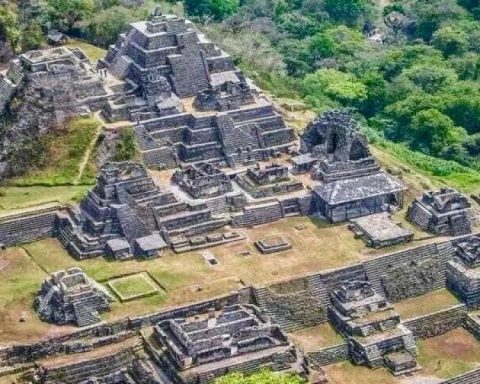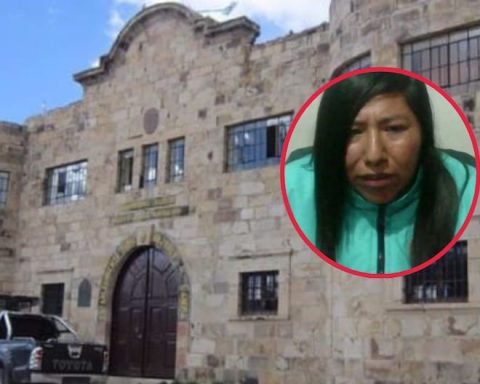On the corner of a small Havana park, exactly where Calzada de Ayestarán and Avenida 20 de Mayo meet, stands one of the most unique and, in turn, unknown sculptural ensembles installed in Cuba. “The Torchbearers” is the name of this equestrian work by the artist Anna Vaughn Hyatt Huntington (1876-1973), one of the most famous and renowned American sculptors.
Hundreds of people circulate there in their daily hustle and bustle. In the same way, a few blocks away is the Plaza de la Revolución, where almost all the tourists who visit the Cuban capital arrive. However, the sculpture goes unnoticed and almost imperceptible to everyone, despite its magnificence and beauty.
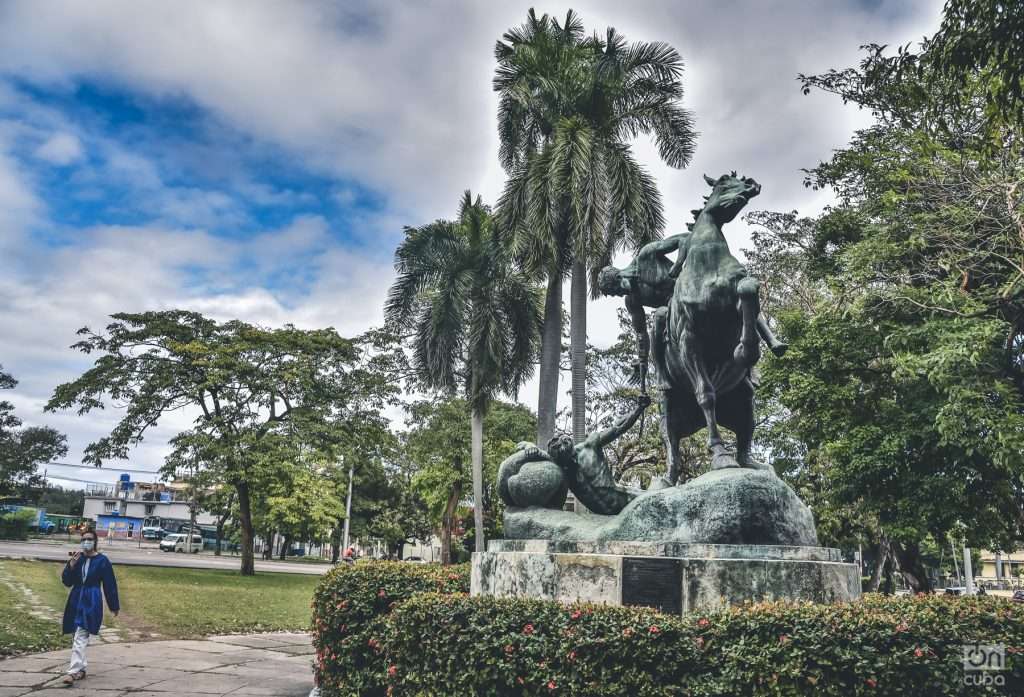
I myself have passed through there countless times and I would never have stopped to observe this work if it weren’t for the fact that one afternoon, while I was waiting for a friend in that park, the expressions of the protagonists of the sculpture caught my attention.
A naked and limp man lies on the ground. He is clinging with his right arm to a rock while, with his last breath, he keeps his left arm extended to the sky. He wields a lit torch. Another man, mounted on a horse, untimely and vigorous, is about to receive and protect that baton.
The scene symbolizes the generational change of wisdom. It is the constant struggle to keep the flame of knowledge alive.

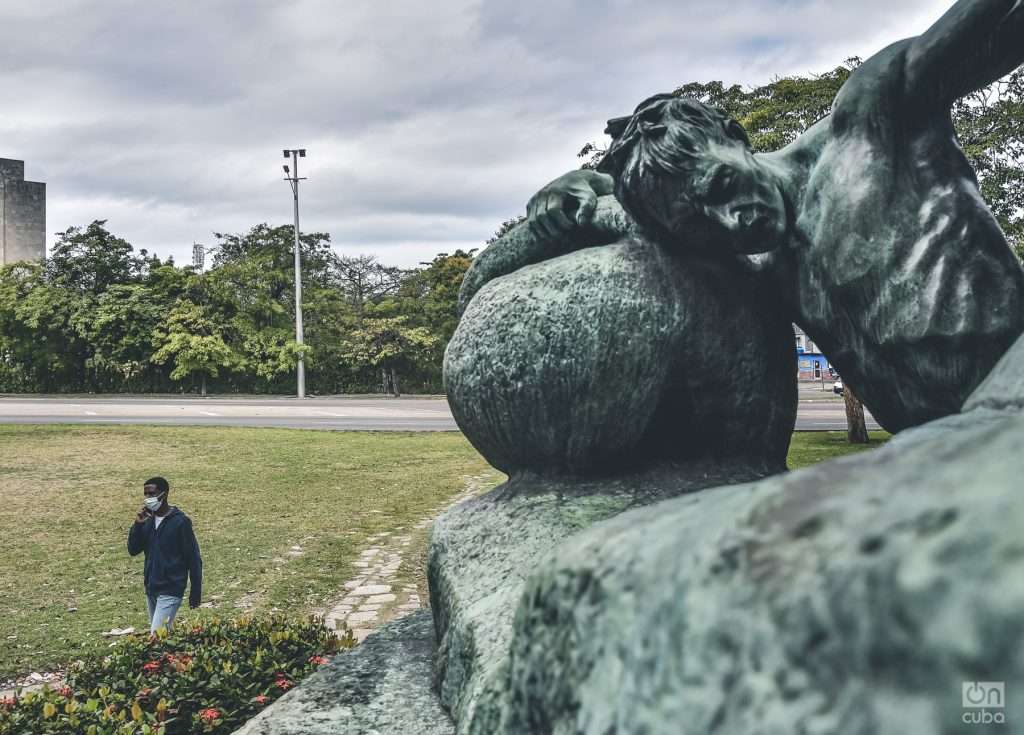

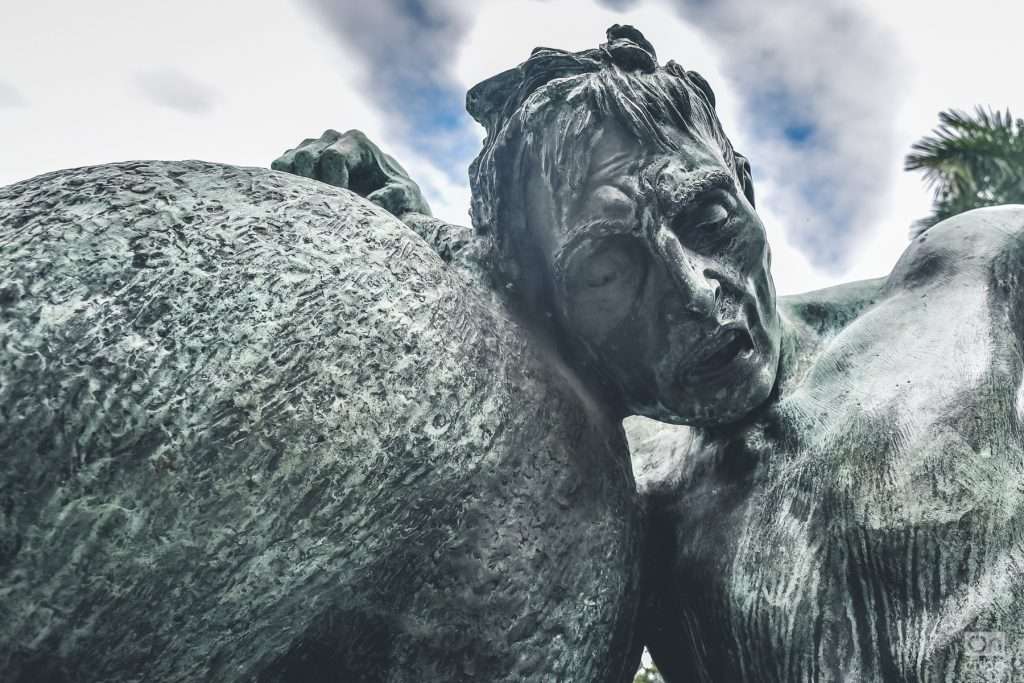

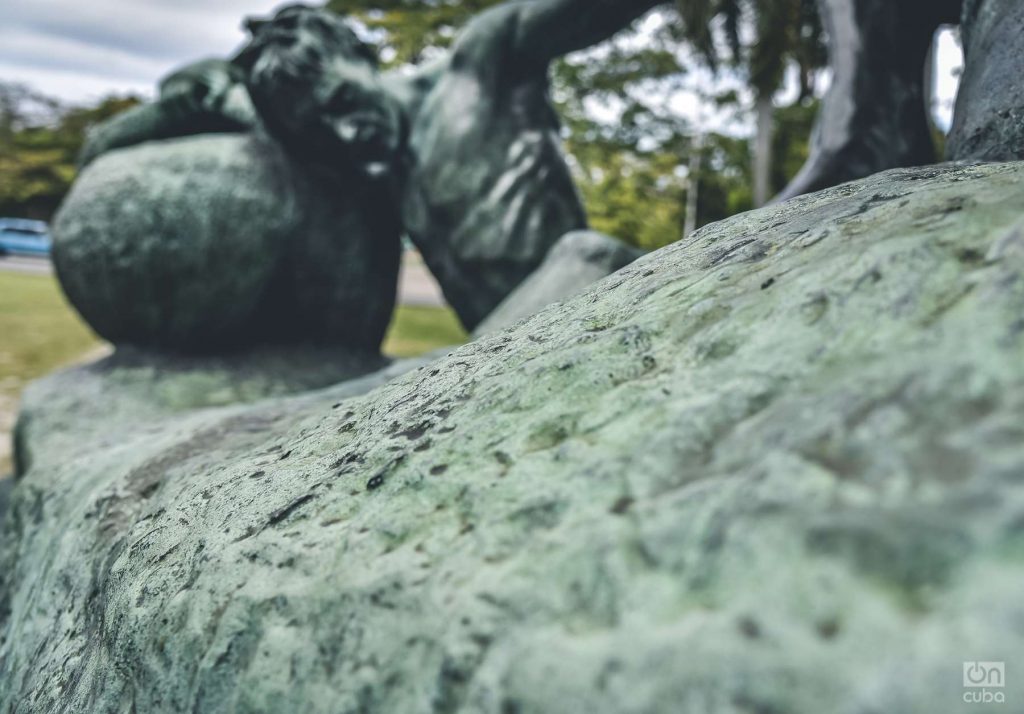
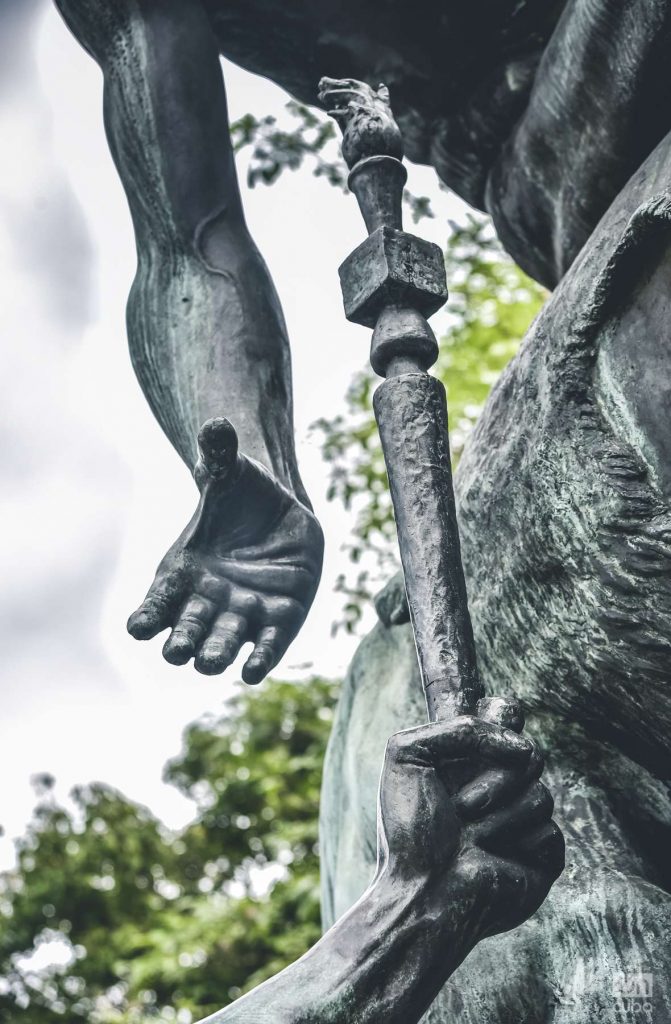

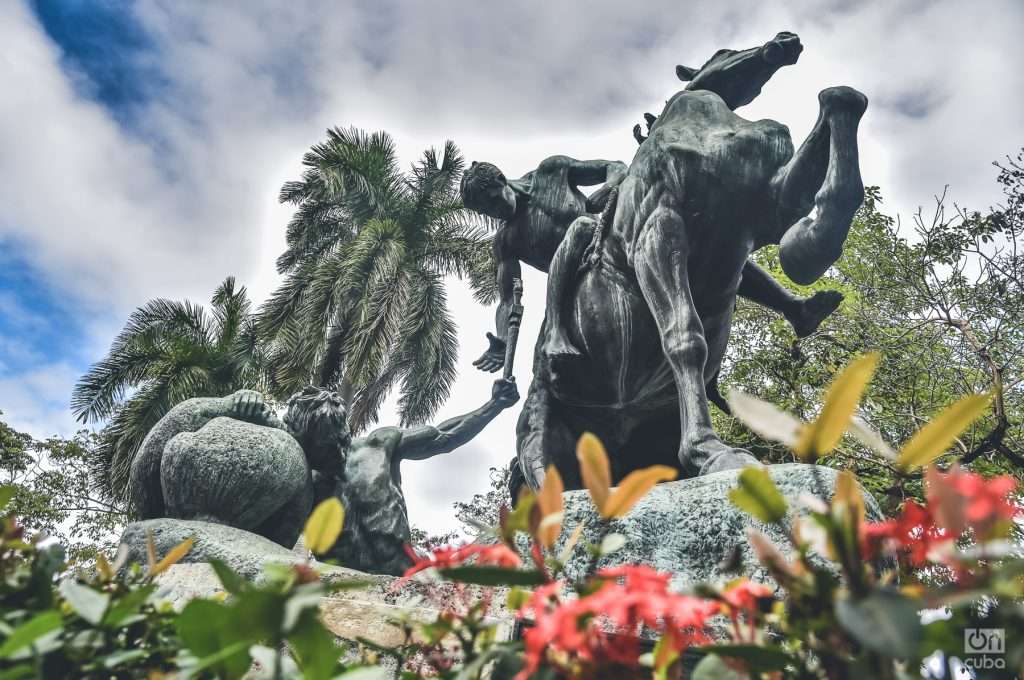
“In this sculptural group the myth of Prometheus is represented, that courageous character who went one day to Mount Olympus to steal the fire that Zeus had taken from men. But Prometheus was persecuted until he fell dead, but not before handing over the Olympic torch to another man younger and stronger than him, who in the work in question makes a sublime effort to stop the horse’s spirited and brave gallop. In Plato’s Protagoras dialogue it is said: “So Prometheus, hurried by lack of resources, trying to find a protection for man, robs Hephaestus and Athena of their professional wisdom together with fire – since it was impossible that without fire fire that could be acquired or be useful to someone – and, thus, then offers it as a gift to man. In this way, then, the man got such knowledge for the life of him “, It can read in the blog “Madrid in depth”.
The original sculpture of “El relevo”, as this piece is also known, is made of aluminum. It is one of the largest in the world sculpted in this material. Anna began to create it in 1950 and finished it in 1953. It was located in the University City of Madrid, Spain, in 1955. It was the time when the dictator Francisco Franco ruled. In fact, Franco’s wife was the one who unveiled the sculpture at its inauguration.
The bronze replica of Havana, over 3 meters high and weighing approximately 1,500 kilos, was donated in 1956 by Archer Milton Huntington, Anna’s husband, to the people of Cuba. Although it is said that Milton, American millionaire and philanthropist, fan of Hispanic-American culture and founder of the Hispanic Society of Americagave it to Fulgencio Batista.
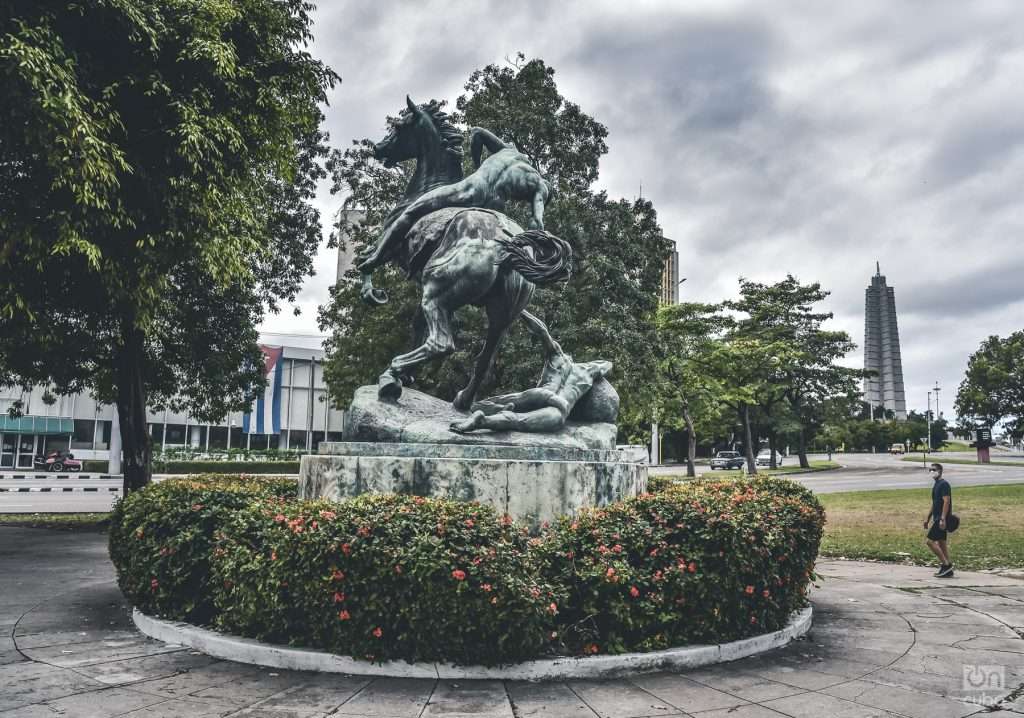
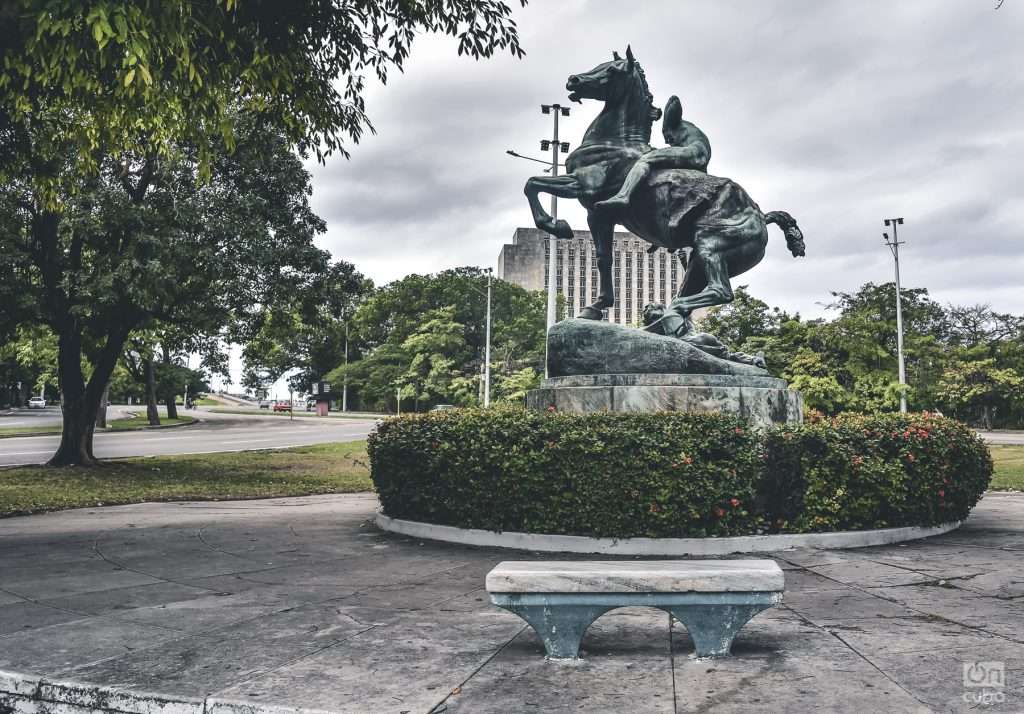
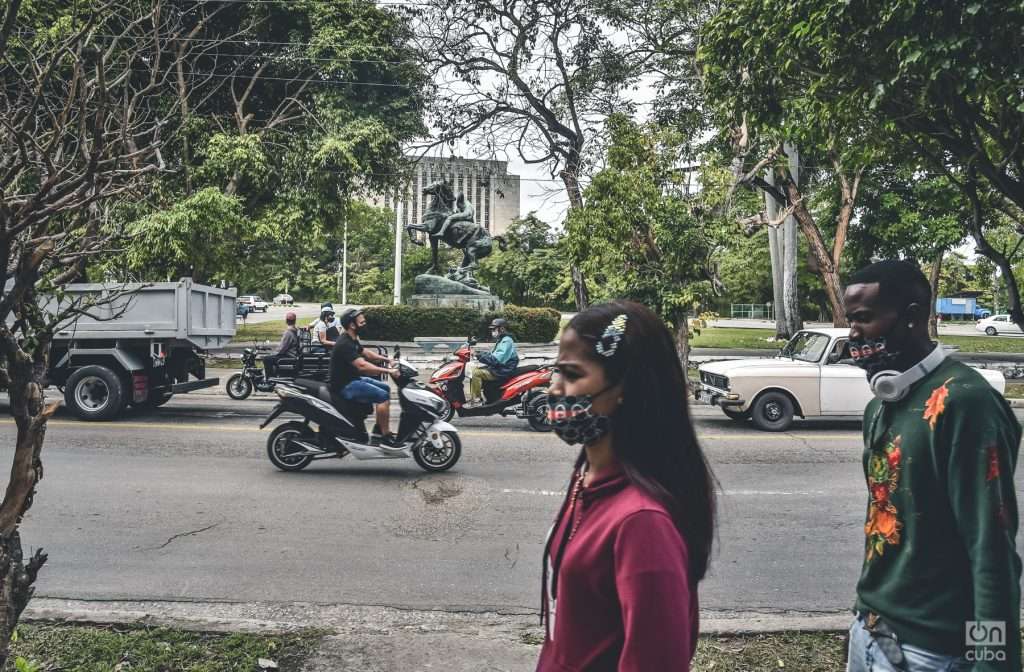

Other bronze replicas are installed at the University of Valencia, in Spain, and at two other universities in the United States.
Anna’s artistic legacy came to Cuba not only through the sculpture “El relevo”. In 1958, her husband also donated a replica of the statue of “Diana the Huntress”, at the moment she is about to shoot an arrow. That piece is also in Havana, in the gardens of the national headquarters of the Federation of Cuban Women (FMC).
But what sealed the mark of this artist with the history of Cuba was assuming and making, at 82 years old, the most famous statue of José Martí, which since 1965 has stood in New York’s Central Park and, since 2017, has a replica in the park March 13, in Havana. (Again in this episode Batista mediates with Anna’s husband to commission the statue of Martí and, on behalf of the Cuban government, give it to the people of the United States).
Returning to “The Torchbearers”, one of the most important characteristics lies in its technical quality. The anatomy of humans and horses is amazing. The molding of the bronze metaphorically becomes flesh and muscles. The faces show a level of detail in the gestures that borders on the literalness of feelings such as agony (in the dying young man) and hope (in the rider).
Special mention deserves the furious movement of the horse. That particular genius of Huntington to detail these animals can be seen in other works such as the aforementioned statue of Martí or the “Cid Campeador”, with replicas in Buenos Aires, Argentina, and in Seville, Spain.
This could be explained from Anna’s own personal history. She grew up in an environment where animal wildlife was a passion. Her father was a professor of paleontology and zoology. They say that the young woman spent more time in the zoo, observing, sketching and molding animal figures that she saw in the Academy of Fine Arts in Boston or New York, where she was trained. All this background made her a specialist and student of animal anatomy.
This sculptural ensemble is also a great nod to the purest Greek classicism, where the works were inspired by myths. From the aesthetic point of view, this movement, which took place between the 17th and 18th centuries, recovered conceptual and artistic guidelines from classical antiquity. There is a marked concern for the harmony between the different pieces and the exaltation of the beauty patterns of the time.
Possibly “The Torch Bearers” is the most unique, beautiful and unknown equestrian sculpture in Havana. Many times we look into the distance and marvel. Other times we have those own wonders so close and we are elusive. Let’s celebrate and value this sculptural jewel and the conceptual and aesthetic sense it represents.

